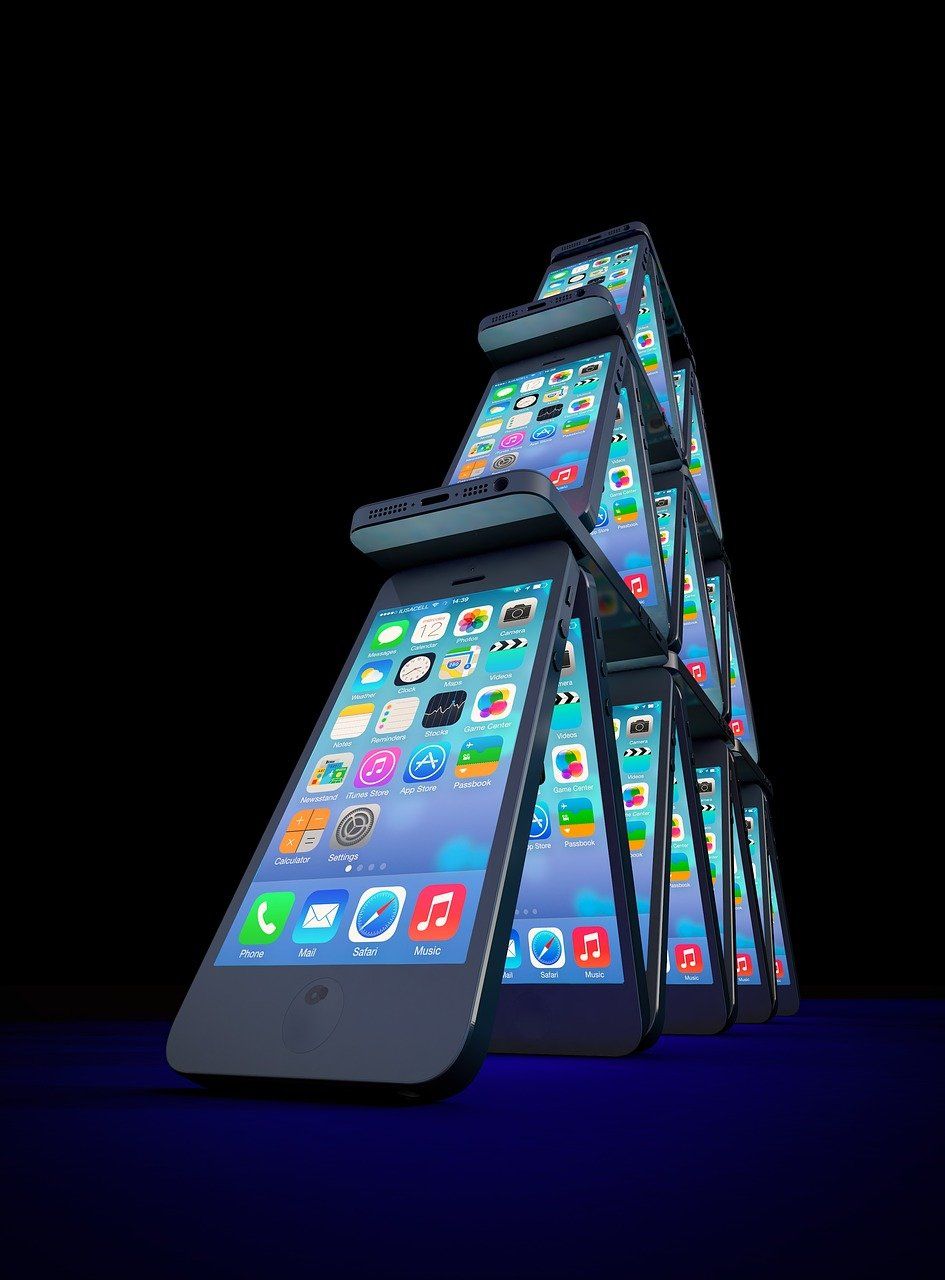Apple Adapter: A Comprehensive Guide to the Popular Accessory

Introduction
In today’s technology-driven world, Apple products have become an integral part of our daily lives. From iPhones to MacBooks, these devices have revolutionized the way we communicate, work, and entertain ourselves. One essential accessory that often comes to the rescue is the Apple adapter. In this article, we will provide you with a thorough overview of Apple adapters, their types, popularity, quantitative measurements, differences among them, and a historical analysis of their advantages and disadvantages.
What is an Apple Adapter?

An Apple adapter is a device that allows users to connect different peripherals or accessories to their Apple devices. This handy accessory bridges the gap between various connectors, ensuring seamless compatibility. Whether you need to connect your iPhone to a headphone jack, charge your MacBook via USB-C, or connect your iPad to an external display, the Apple adapter offers a solution.
Types of Apple Adapters
Apple adapters come in various types to cater to the diverse needs of Apple product users. Some popular types include Lightning to 3.5mm Headphone Jack Adapter, USB-C Digital AV Multiport Adapter, Thunderbolt to Gigabit Ethernet Adapter, and MagSafe to MagSafe 2 Converter. These adapters offer different functionalities, ranging from audio compatibility to video output and data transfer capabilities.
Popularity and Consumer Preferences
The popularity of different Apple adapters can be gauged by consumer preferences and sales figures. The Lightning to 3.5mm Headphone Jack Adapter has gained significant popularity due to the removal of the headphone jack from recent models of iPhones, leading users to rely on adapters for headphone connectivity. Similarly, the USB-C Digital AV Multiport Adapter has become a favorite among MacBook users who require multiple ports for charging and connecting external displays.
Quantitative Measurements of Apple Adapters
When it comes to quantitative measurements, it is essential to consider factors such as adapter dimensions, weight, power output, data transfer rates, and compatibility with Apple devices. Manufacturers often provide detailed specifications that enable users to make an informed choice based on their unique requirements. These measurements ensure that users select the most suitable adapter for their needs, guaranteeing optimum performance.
Differences between Apple Adapters
While all Apple adapters serve the purpose of connecting peripherals, they differ in terms of functionality and compatibility. Some adapters offer additional features such as SD card readers or Ethernet ports, catering to specific user requirements. Furthermore, compatibility with different Apple devices may vary, making it crucial for users to choose the adapter that works seamlessly with their specific device.
Historical Analysis of Pros and Cons
Over the years, Apple adapters have evolved, bringing both advantages and disadvantages. Initially, Apple provided a seamless connection between devices through standardized ports. However, with the introduction of new technologies, such as Thunderbolt and USB-C, the need for adapters emerged. This transition brought convenience in terms of compatibility but also raised concerns about the cost and the necessity of purchasing additional accessories.
Conclusion
In conclusion, Apple adapters are indispensable accessories that enhance the functionality and connectivity of Apple devices. With their wide range of types, varying popularity, quantitative measurements, differences, and historical pros and cons, Apple adapters cater to the diverse needs of users. As Apple continues to innovate and introduce new devices, the importance of these adapters will only increase. So whether it’s for charging, audio connectivity, or data transfer, Apple adapters are here to stay, ensuring seamless integration between your Apple devices and the world around you.











